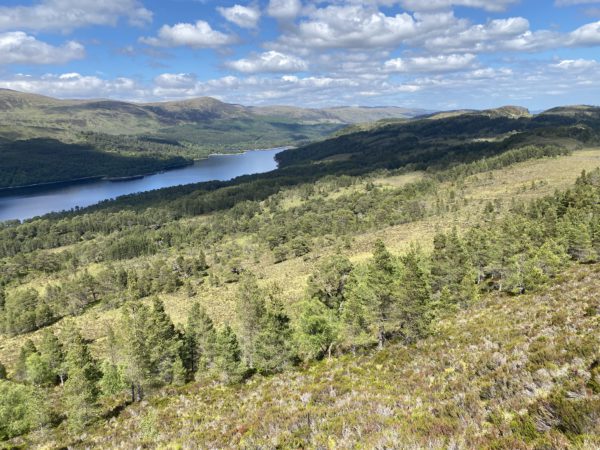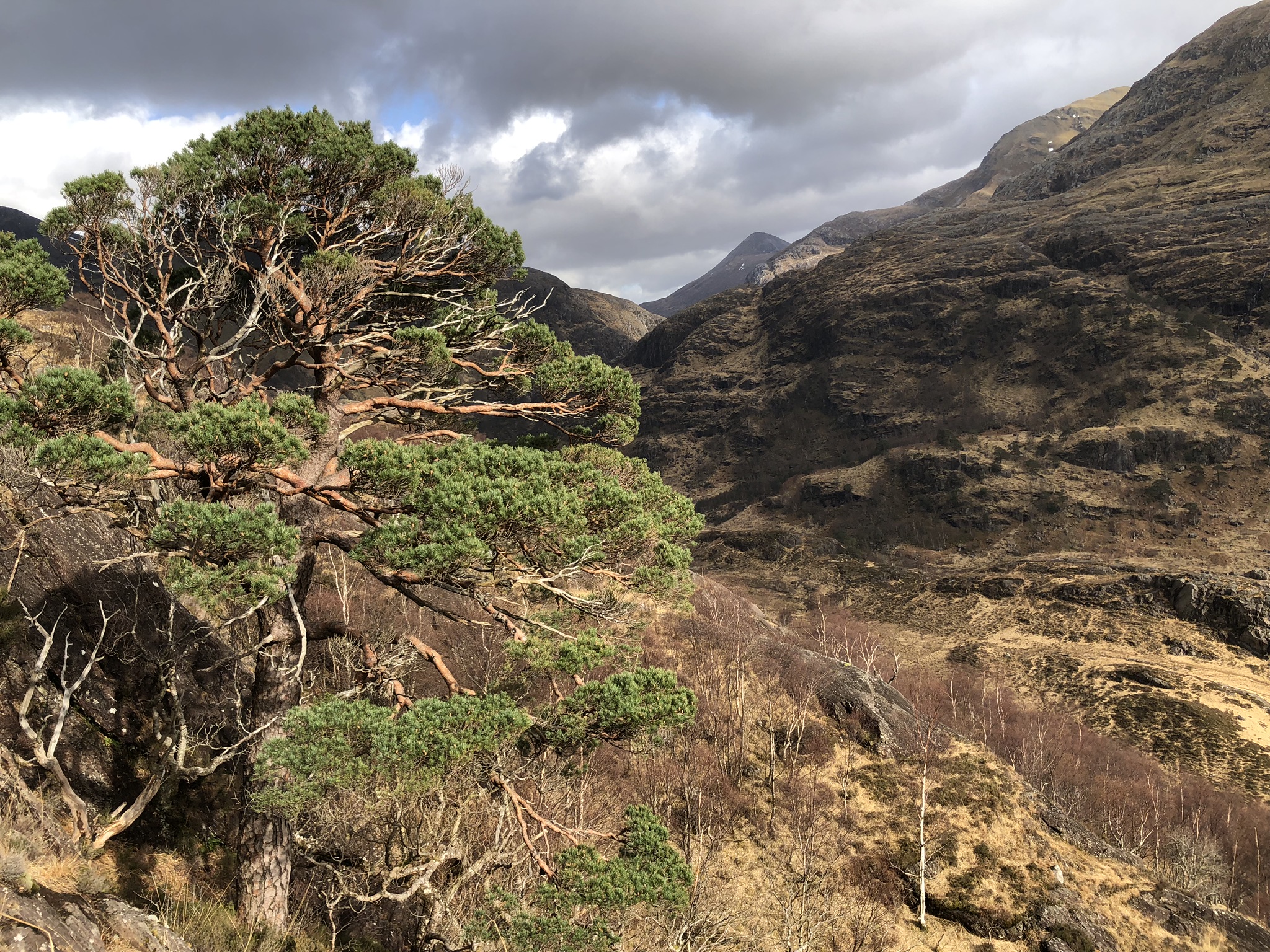Most of Scotland’s globally-unique Caledonian pinewoods are on a ‘knife-edge’ and could become the last generation in a line stretching back to the last ice age, says the first major study into their health for over 60 years. A four-year analysis by Trees for Life found that high deer numbers, spread of non-native conifers, lack of long-term management, and emerging impacts of climate breakdown are major threats to the pinewoods’ survival. The woodlands form a rich habitat found nowhere else in the world, and some are thousands of years old. They are home to declining wildlife such as red squirrels, capercaillie and crossbills.
An alarm bell for Scotland’s Caledonian pinewoods

Urgent action needs to include dedicated and easily accessible long-term funding, so private landowners can save and restore their pinewoods and look after them in the future, says Trees for Life. The rewilding charity is also calling for full implementation of proposed national measures to reduce deer numbers, as well as action to allow the pinewoods to expand into cooler areas – such as higher up mountains – in response to climate change. “Our findings are an alarm bell for Scotland’s Caledonian pinewoods, which are such an important part of the country’s culture and environment. The majority of the surviving fragments are now on a knife-edge, and bold action is needed to save them from being lost forever. A landscape-scale approach backed by the Scottish Government is urgently needed to save, expand and connect up these precious woodlands before it is too late” said Steve Micklewright, Trees for Life’s Chief Executive. Only some 42,000 acres of the original pinewoods survive. Over the past four years, Trees for Life assessed the state of 72 of the remaining 84 fragments, which are scattered across the Highlands from Loch Lomond, northwards to near Ullapool, and eastwards to Glen Ferrick near Aberdeen.
In one of the most comprehensive surveys of the pinewoods ever undertaken, the team carried out detailed studies of more than 1,200 half-acre plots in total across the sites. Scotland’s national tree, the Scots pine, was found to be in serious decline at a quarter of the plots. Deer are having serious impacts in around two-thirds of the plots, by eating pine saplings, stripping important vegetation, and causing some pinewoods to be replaced by birch. High impacts from artificially large deer populations are the main barrier to the pinewoods’ recovery. Non-native conifers, originally planted in the 1950s, are still present in a third of the plots. Mainly Sitka spruce, these crowd-out and slowly kill Scots pine – a risk which increases year-on-year, with mature conifers an acute threat to Scots pine and other native trees.
The Caledonian Forest
“In the worst cases, the pinewoods have suffered non-native conifer planting or fire followed by grazing pressure, with the impacts of climate breakdown a growing threat. These pinewoods should be playing a key role in Scotland’s fight-back against the climate and nature emergencies, but right now most are on their last legs. It’s not too late to turn this around, but that means seriously stepping-up restoration and rewilding action,” said Trees for Life’s Senior Ecologist James Rainey, who led the study.
The Caledonian Forest once covered much of the Highlands, but following centuries of deforestation just some 2% of the forest remains. Trees for Life’s Caledonian Pinewood Recovery Project is the first major study of its kind since ‘The Native Pinewoods of Scotland’ by HM Steven and A Carlisle was published in 1959. Work by the then Forestry Commission Scotland in the 1990s mapped the sites in a Caledonian Pinewood Inventory, but this did not comprehensively assess the health of the pinewoods.
The new report, Caledonian Pinewoods: Findings from the Caledonian Pinewood Recovery Project, is available at: www.treesforlife.org.uk.

